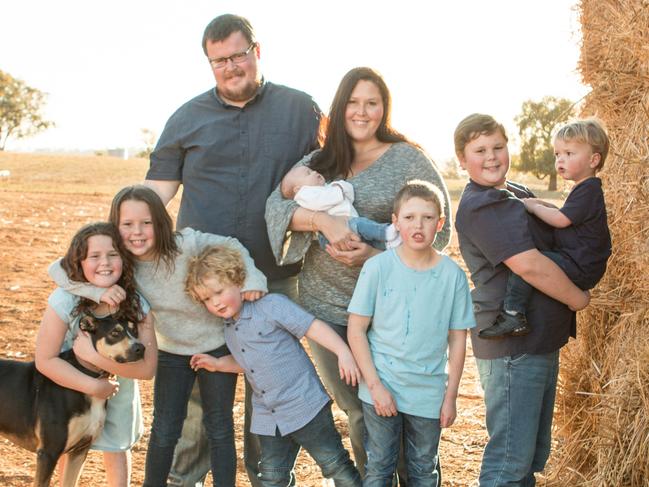
Big catch for buyers hoping for bargain
Sydney’s shift to a buyer’s market has given home seekers plenty of new opportunities to get a lower price on properties — but the homes they can get for less usually require major repairs.

Sydney’s shift to a buyer’s market has given home seekers plenty of new opportunities to get a lower price on properties — but the homes they can get for less usually require major repairs.

Homes once sold for over $1.2 million are now being listed for an average of just $395,000 in what home sales figures reveal was Australia’s worst place to own a property over the past five years.

Landlords in some of Sydney’s most expensive suburbs have been reaping the biggest benefits from negative gearing, according to new ATO data which reveals the size of claims by each postcode.

The majority of home seekers say they don’t know enough about key parts of the real estate buying process, despite plans to spend their life savings on a property, new research shows.

Private homes with up to five bedrooms have become available for rent at the rock bottom price of just $1 a week for families with children and a keen sense of adventure.

They had spent three years restoring it when they were married and now Brad Pitt and Jennifer Aniston’s former home is up for sale, offering the chance to live next door to an Aussie billionaire.

Increased home discounting has meant more people are starting to search for their next property, but some buyers remain so fearful of auctions they are spoiling their chances of getting a bargain.

A record number of landlords are now claiming losses on their properties to qualify for negative gearing tax concessions — some of which are questionable deductions, ATO research shows.

Attracting more registered bidders to an auction is usually viewed as a great thing for sellers, but many homeowners would be better off thinning the competition for their properties.

Those who rented their homes and purchased shares instead of pouring their savings into a property made more capital gains in the majority of NSW suburbs, a new study shows.
Original URL: https://www.dailytelegraph.com.au/journalists/aidan-devine/page/157